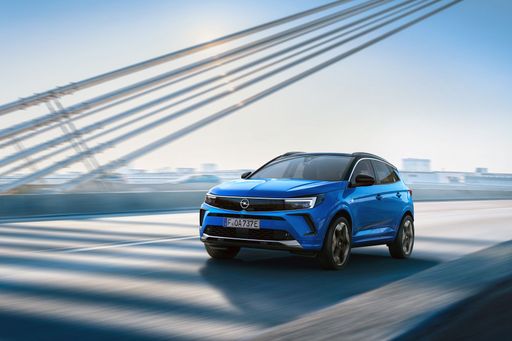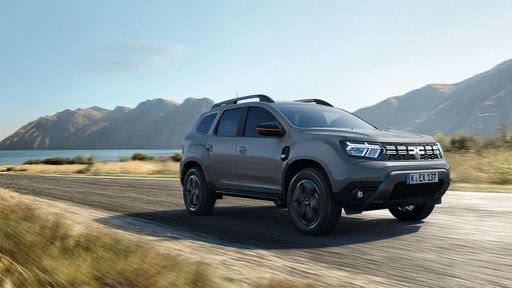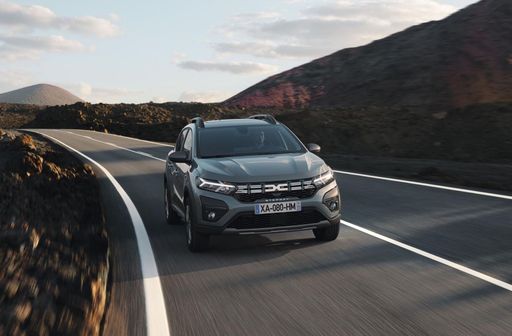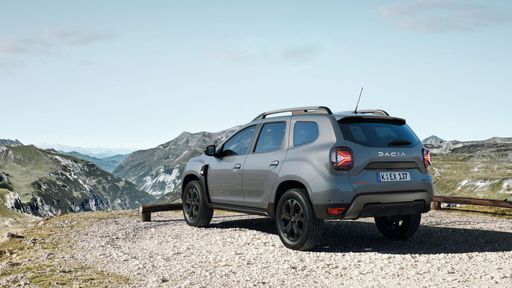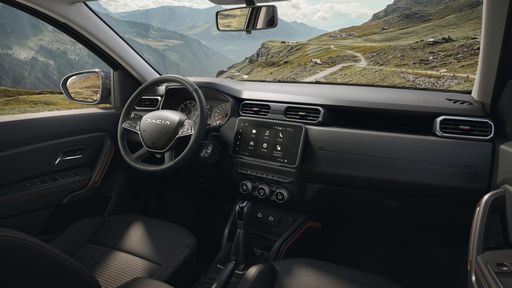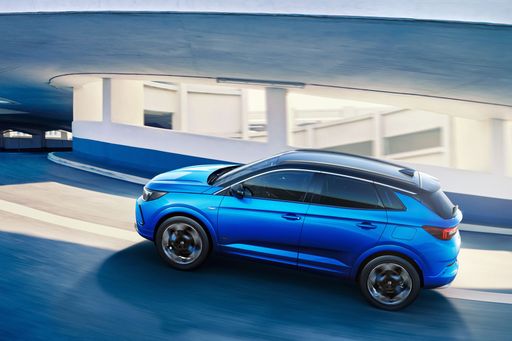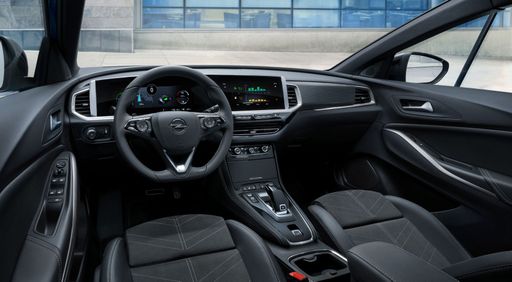Introduction: Dacia Duster vs Opel Grandland
In the competitive SUV market, the Dacia Duster and Opel Grandland stand out as two viable options for buyers seeking a blend of style, efficiency, and performance. Both models have undergone significant updates for the 2024 model year, bringing innovative features and impressive technical specifications that cater to a range of preferences. This article takes a closer look at these two contenders, analyzing their performance, efficiency, and innovations to help you make an informed choice.

